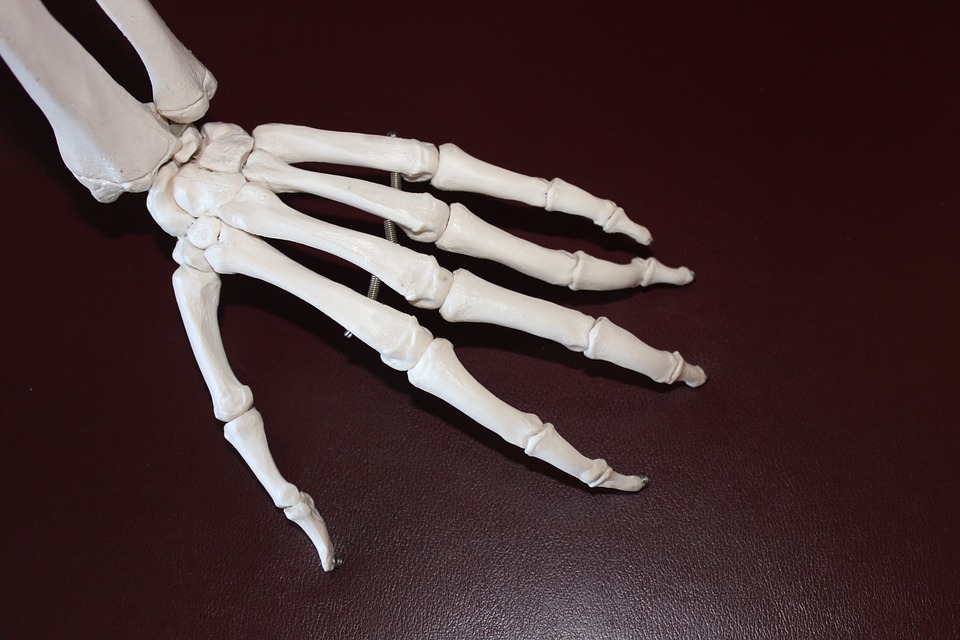
Am I Autistic? Find out how you can identify autism traits in yourself FAST

Am I Autistic? Find out how you can identify autism traits in yourself FAST


Tesla Bot Elon Musk And Autism (CAN ROBOTS HELP AUTISM?)

Rheumatoid arthritis (RA) is an inflammatory autoimmune disease that causes pain, swelling and stiffness in the joints. It can also cause fatigue, and the underlying inflammation may affect other body systems.
A significant proportion of people with RA still have symptoms despite receiving treatment according to the current management recommendations. These people can be considered to have ’difficult-to-treat RA’.
EULAR prefers the term ‘difficult-to-treat’ for this group of people because it best captures the possible clinical scenarios. However, the concept is also still sometimes called severe, refractory, or drug-resistant RA. Managing these people can be challenging, and until now there have been no specific clinical recommendations. A task force was set up to develop new evidence-based points to consider for the management of people with difficult-to-treat RA. T
he group included rheumatologists and other health professionals and patient partners. Two overarching principles and 11 points were developed, alongside an algorithm that provides a visual summary of the suggested roadmap for people with difficult-to-treat RA.
The overarching principles stress that these points are specifically for people who meet the definition of difficult-totreat RA, and are underpinned by the main EULAR
recommendations. T
hey also state that the presence or absence of inflammation should be established to guide both pharmacological and nonpharmacological interventions. The specific management points focus on diagnostic confirmation of RA, evaluation of inflammatory disease activity, pharmacological and nonpharmacological interventions, treatment adherence, functional disability, pain, fatigue, goal setting and self-efficacy, and the impact of comorbidities.
EULAR hopes that these points will provide a clinical roadmap to support healthcare professionals to deliver holistic management and more personalised treatment strategies for people with difficult-to-treat RA.
A 3D face scan as used in the study. CREDIT Edith Cowan Uni
New Australian research is using high-tech 3D facial scans to give us a better understanding of the genetic causes of autism.
Researchers from Edith Cowan University (ECU) used sophisticated machine learning techniques to analyse 5000 points on faces to measure facial asymmetry in parents of children on the autism spectrum.
The research team from ECU, UWA and Telethon Kids Institute have previously found children on the autism spectrum were more likely to have greater facial asymmetry than non-autistic children.
This is important because better understanding of facial characteristics of autistic people contribute to efforts for early identification and help to understand hereditary (or genetic) causal links.
Genetic factors are known to play a major role in autism however there is growing evidence that environmental factors, such as hormones or maternal health, could also influence development of the condition.
In the current study researchers compared the facial asymmetry of 192 parents of autistic children to 163 adults with no known history of autism.
They found parents of children on the autism spectrum had more asymmetric faces than other adults of a similar age.
ECU School of Science Research Fellow Dr Syed Zulqarnian Gilani said the research was an important step in better understanding the genetic causes of autism.
“These findings suggest there could be a link between the genes which affect the likelihood of an individual having greater facial asymmetry and autism,” he said.
“By using these cutting-edge 3D scans of faces combined with machine learning techniques we can distinguish between thousands of subtle differences in faces to determine an overall facial asymmetry score.
“When we compared those scores, we saw that faces of parents of autistic children were more likely to have higher asymmetry compared to other adults.”
According to Dr Diana Tan, the project’s lead author and a Postdoctoral Research Associate at UWA and Telethon Kids Institute, the research helps increase our understanding of autism.
“Autism is not traditionally known to be a condition with distinctive facial features, but our research has challenged this notion,” she said.
“Our study provided evidence that the genetic factors leading to the development of autism may also express in physical characteristics, which leads to our understanding of the interplay between genes, physical and brain development in humans.”
“We previously examined another facial marker – facial masculinity – that was associated with autism. The next step of this project would be to evaluate the usefulness of combining facial asymmetry and masculinity in determining the likelihood of autism diagnosis.”
The project was a collaboration between researchers from ECU, The University of Western Australia, and Telethon Kids Institute.
‘Facial asymmetry in parents of children on the autism spectrum’ was published in Autism Research.